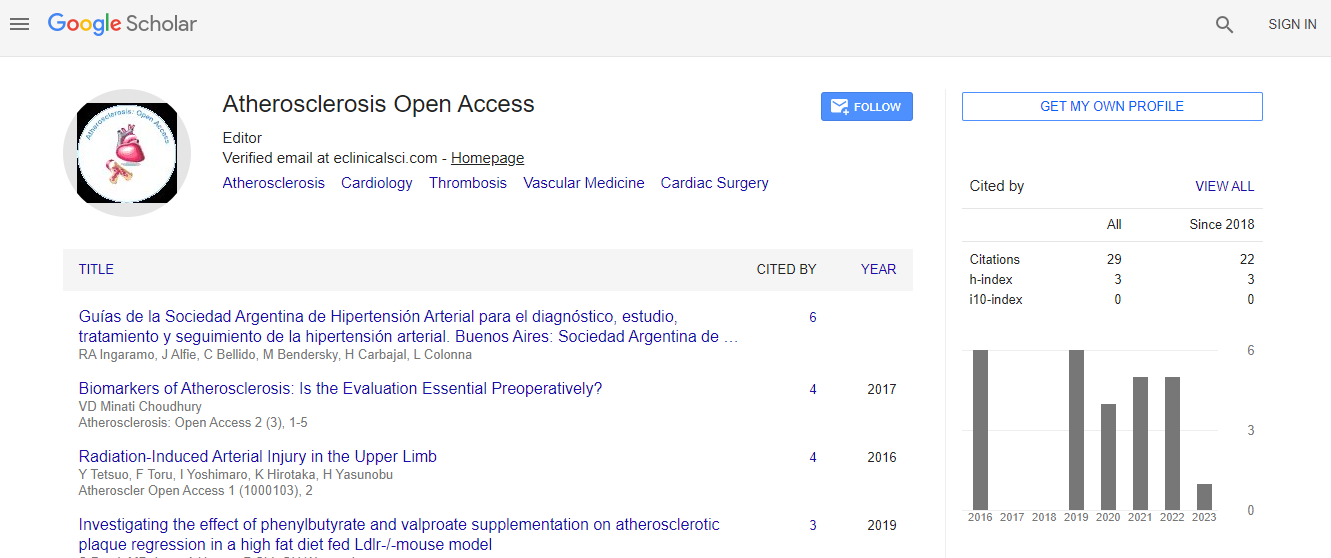Histological and Mechanical Information Based on Biochemical Alterations of Cardiovascular Diseases Using Scanning Acoustic Microscopy with Proteinases: A Novel Technique for Cardiovascular Research
*Corresponding Author:
Copyright: © 2021 . This is an open-access article distributed under the terms of the Creative Commons Attribution License, which permits unrestricted use, distribution, and reproduction in any medium, provided the original author and source are credited.
Abstract
Scanning Acoustic Microscopy (SAM) simultaneously provides structural and mechanical information from a
histological glass slide. It supplies objective evidence of damage or degeneration because the Speed-of-Sound (SOS)
of each portion correlates with its stiffness. Moreover, comparing SOS values before and after proteinase treatment
discloses the susceptibility of the breakdown. We used this method in a cardiovascular study on atherosclerosis, aging,
myocardial infarction, cardiac valve dysfunction, and mechanical rupture. With aging, smooth muscles and elastic
fibers of arteries and the aorta decrease in number, resulting in reduced SOS values. Although atherosclerosis makes
tissues stiffer, mainly in the intima, the stiffness of the outside medial layer quantitatively decreases comparable to SOS
values. Fibrosis after inflammation or infarction usually becomes stiffer than the original state. Older fibrosis shows more
resistance to proteinase digestion, which indicates the additional modification in the proteins of the old fibrosis. Mechanical
stress causes tissue fracture, such as rupture of the tendinous cord of the mitral valve. The ruptured portion shows an
irregular array of fibers with loss of cells and myxoid degeneration where reduced SOS values and accumulation of some
extracellular matrix components appear. Comparing Aortic Stenosis (AS) with regurgitation (AR) of the aortic valve, the
fibrosa of both valves was stiffer than that of the normal valves. The fibrosa of AR is thinner but stiffer and more resistant
to proteinase digestion than that of AS. Advanced glycation end-products are deposited more in the AR valve. Histological
observation using SAM can reveal mechanical alterations based on biochemical abnormality.

 Spanish
Spanish  Chinese
Chinese  Russian
Russian  German
German  French
French  Japanese
Japanese  Portuguese
Portuguese  Hindi
Hindi 
